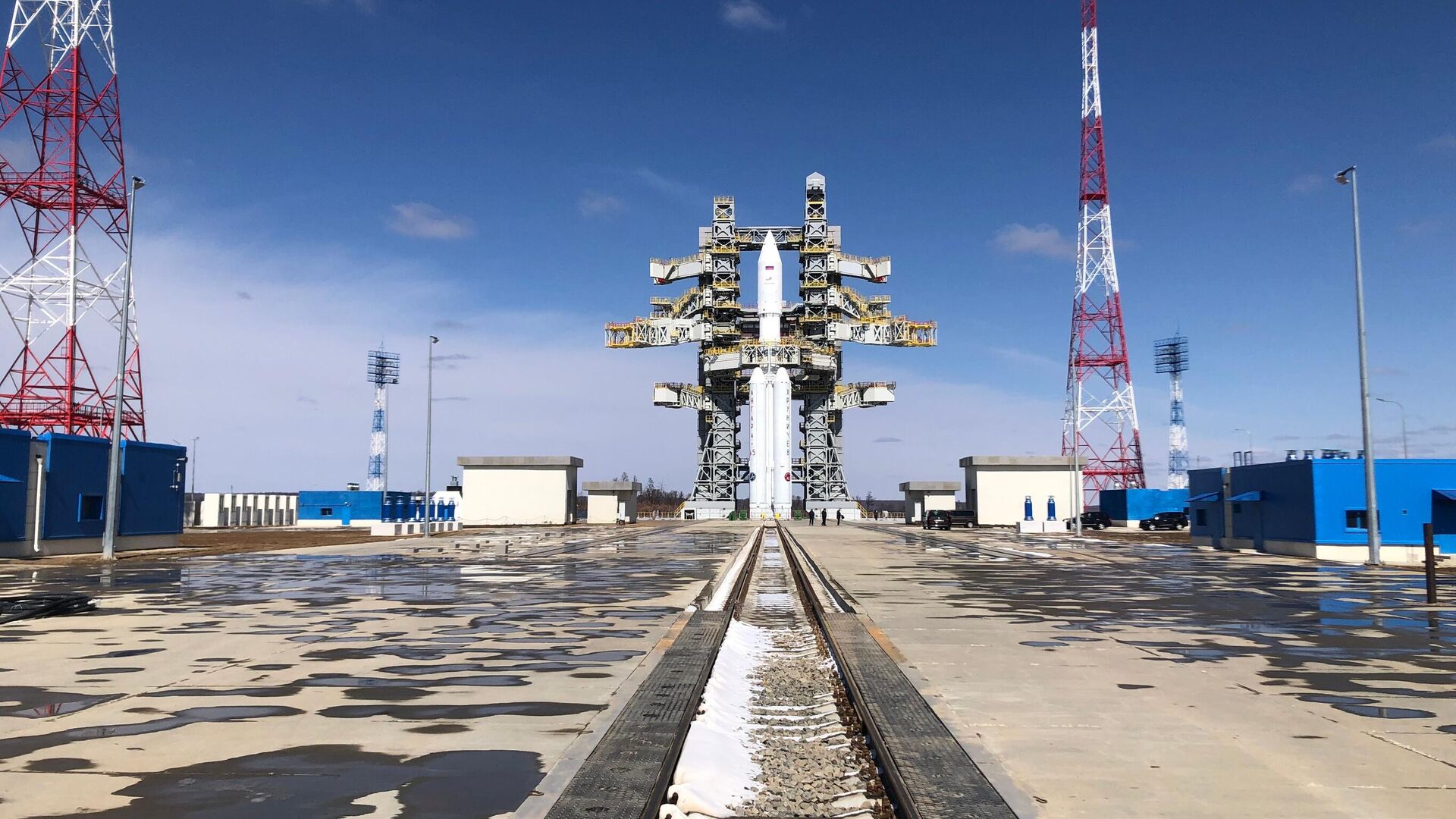
VOSTOCHNY COSMODROME (Amur region) April 9. The first launch of the Angara-A5 rocket from the recently built launch complex at the Vostochny Cosmodrome will take place on Tuesday, Roscosmos said. The broadcast will be available on the website ria.ru and in the Telegram channel.
As follows from the materials distributed by the state corporation, the start is scheduled for 18:00 local time (12:00 Moscow time). 12 minutes 26 seconds after launch, the space head — the Orion upper stage with a test payload — will separate from the third stage of the rocket.
The oxygen-kerosene Angara-A5 weighs 761 tons when fueled. The Orion upper stage, when fully loaded with naphthyl, weighs another 22.1 tons. It can fire its propulsion system up to five times to deliver the satellite into the desired orbit.
Not built right away
Construction of the Vostochny Cosmodrome began in 2012. As part of the first stage, in particular, the launch complex for the Soyuz-2 medium-class rockets was built. The first launch took place on April 28, 2016.
The infrastructure for Angara rocket launches at Vostochny (also the second stage of the cosmodrome) has been under construction since 2018. At the beginning of October of that year, Dmitry Rogozin, who then held the position of general director of Roscosmos, announced the conclusion of a contract with PSO Kazan. The construction company had until December 31, 2022 to complete all work. A few days after this, Rogozin announced that construction was de facto already underway. 
It was initially assumed that after completion of construction and testing, the first launch of the Angara would take place in August 2023. It is noteworthy that it was planned to test launch a new generation manned spacecraft on the rocket (in different years it was also called “Federation” and “Eagle”). Unmanned and manned flights of the spacecraft on the «Angara» to the International Space Station were planned for 2024 and 2025.
Then the spacecraft's launches were postponed, and its flights to the ISS were completely canceled. It is planned that the promising spacecraft will fly only to the new Russian Orbital Station (ROS). During the first launch, which was shifted to December 2023, it was planned to launch not the heavy Angara-A5, but a light version of the Angara-1.2 rocket with the Aist-2T stereometric Earth imaging satellite.
Under special control
Egregious cases of corruption, similar to those that plagued the construction of the first stage of the cosmodrome, were not reported during the creation of the second stage. However, in 2020, the head of the cosmodrome, Roman Bobkov, was arrested on suspicion of inciting abuse of power and official forgery. 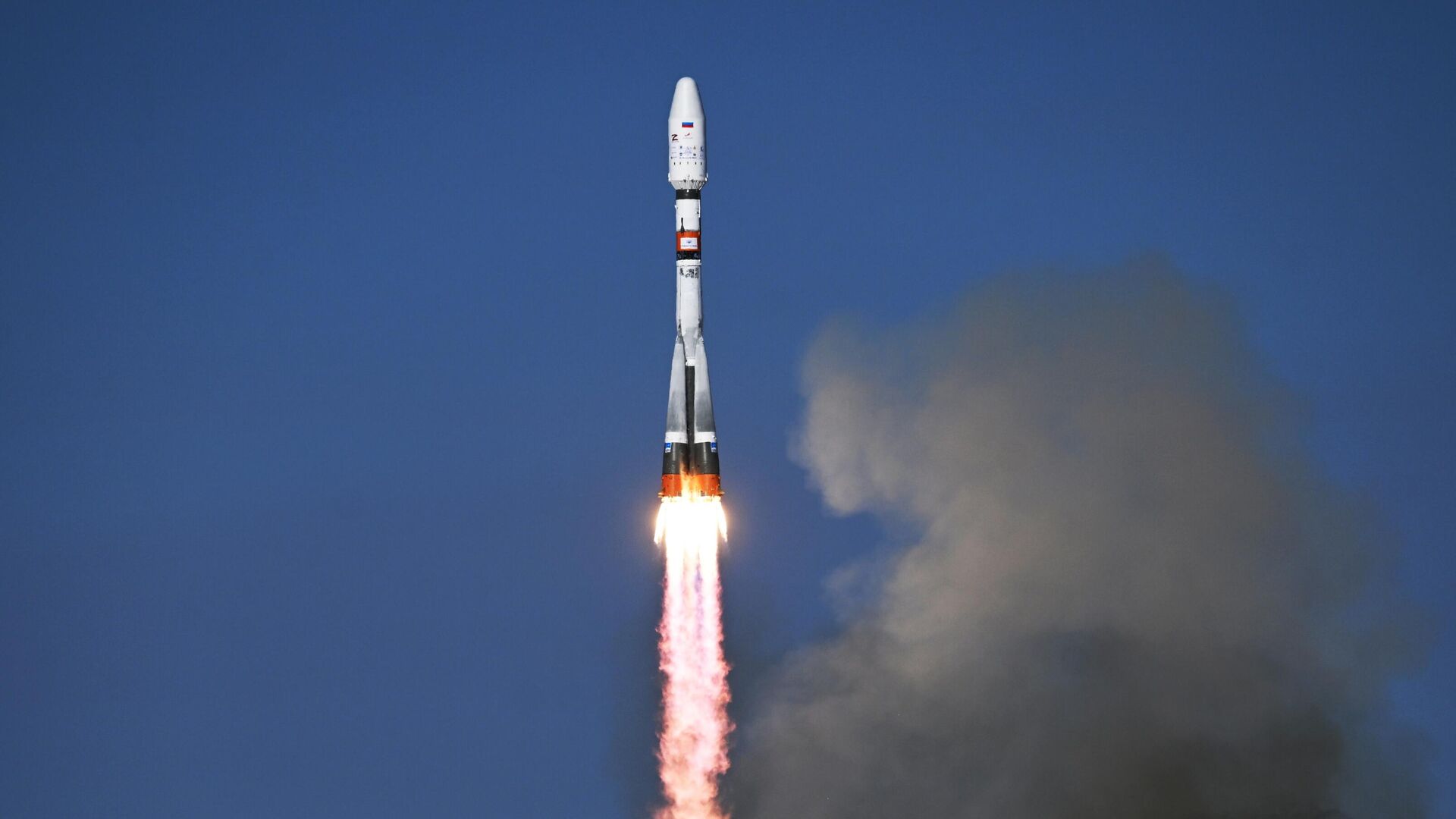
After this, the general director of the Vostochny Cosmodrome Directorate, Evgeniy Rogoza, was fired. In addition, reprimands were announced to the general director of the Center for Operation of Ground-Based Space Infrastructure Facilities (TSENKI) Andrey Okhlopkov and the chief engineer of TsENKI Vladimir Zhuk.
Okhlopkov was later fired due to “repeated shortcomings in his work” — failure to meet deadlines and failure to fulfill obligations for the construction of the launch complex of the Soyuz-2 launch vehicle, as well as the infrastructure of the Vostochny cosmodrome. The Prosecutor General's Office took special control of the construction of the cosmodrome.
Who's on what
In mid-2023, the Angara-NZH (ground-based liquid) mock-up arrived at the cosmodrome — a full-size copy of the rocket, containing only those systems that are necessary to prepare the carrier for launch. With its help, tests of the launch complex were carried out.
It was also previously reported that in 2024, with the help of Angara-NZh, a test of the ship’s emergency rescue system will be carried out, which will have to be fired from the carrier standing on the launch pad. During the first launch of a rocket with a ship, it was planned that the system would work already in flight. It has not been officially announced when these tests will now take place. 
Subsequently, the Aist-2T satellite was “transplanted” onto the Soyuz rocket, and its heavy-class version was left as the first Angara to be launched from Vostochny.
Seventeenth or seventh
The first Angara launch will be the 17th from the Far Eastern cosmodrome. In total, four Soyuz-2.1a and 12 Soyuz-2.1b rockets of greater payload took off from the first launch pad here. In 2016, 2017, 2019, 2020 and 2022 there was one launch each, in 2018 there were two launches, five in 2019 and three more in 2023. One launch has taken place so far in 2024, and several more are expected.
Russia's first launch complex for Angara rockets was built at the Plesetsk military cosmodrome in the Arkhangelsk region. Three launches of a light rocket took place from here (one in 2014 and two in 2022) and three of a heavy rocket (in 2014, 2020 and 2021).
It was reported that the first launch of the Angara from Vostochny will begin flight tests of the Amur space rocket complex (that is the name of the complex of these rockets at Vostochny). The tests of the «Angara» in Plesetsk are carried out as part of another development work. 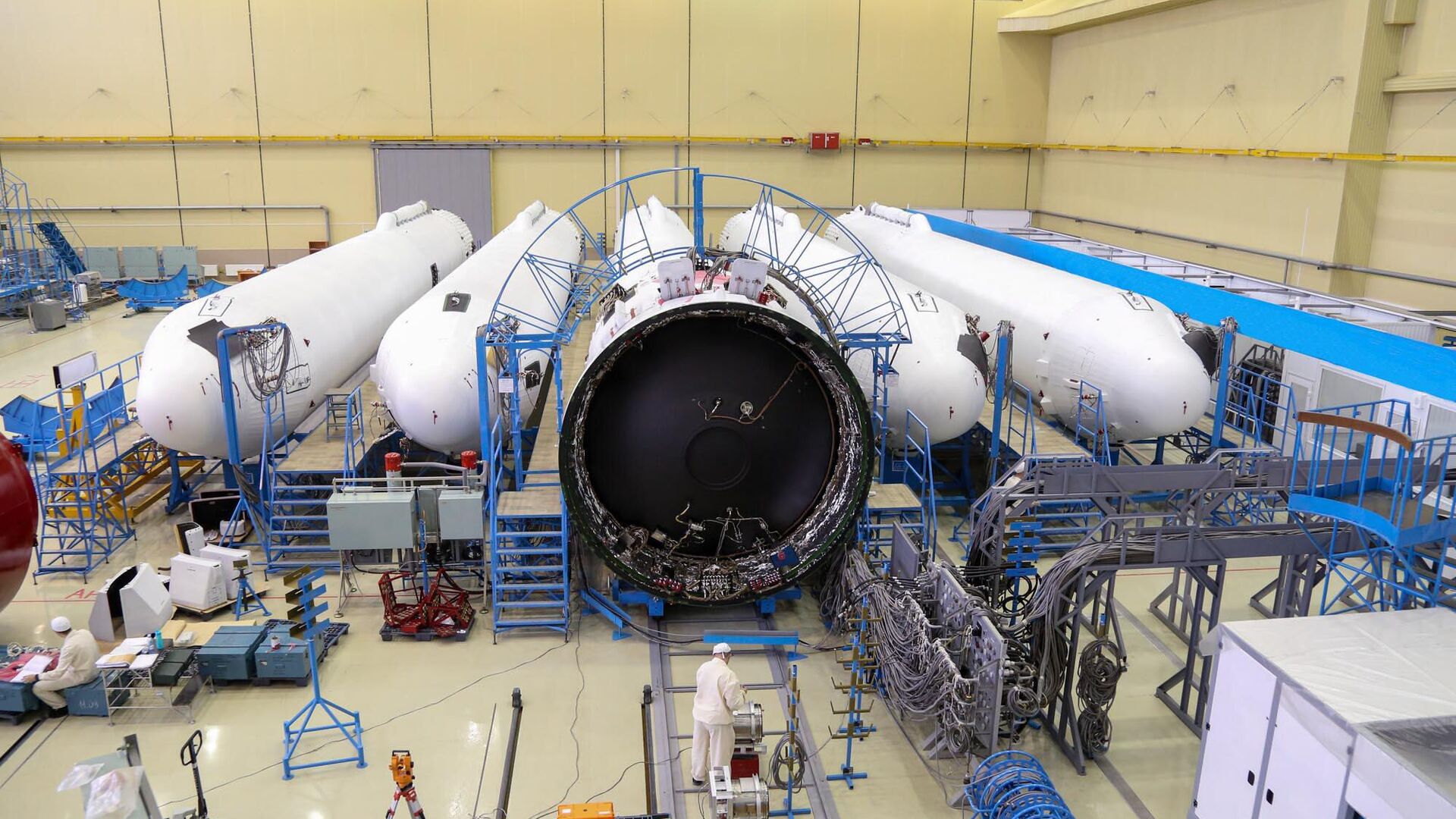
For any purpose
The Russian government decree on the development of the Angara family of launch vehicles was issued on September 15, 1992. The President assigned the status of work of particular importance to the creation of a new missile system on January 6, 1995 by a corresponding decree.
As Evgeniy Karachenkov, Deputy General Director (1994-2015) of the Khrunichev Center, where the rocket was developed, said earlier, there was practically no government funding for the project. The company, which was then making good money from launching Proton rockets in the interests of foreign customers, independently paid about 90% of the costs of developing the Angara.
The rocket consists of universal rocket modules (URM). At various stages of development, it was proposed to create many versions with different carrying capacity by combining different numbers of them. Only the light Angara-1.2, with a payload capacity of about three tons, consisting of one URM-1, as well as the heavy Angara-A5 rocket, consisting of five URM-1s on the first stage and one URM-2 on the third, flew into space.
Angara-A5 is capable of launching 22-23 tons into low Earth orbit. It is expected to be replaced by the Angara-A5M, in which all the shortcomings of the original version of the rocket will be eliminated, and the payload will increase to 27 tons. 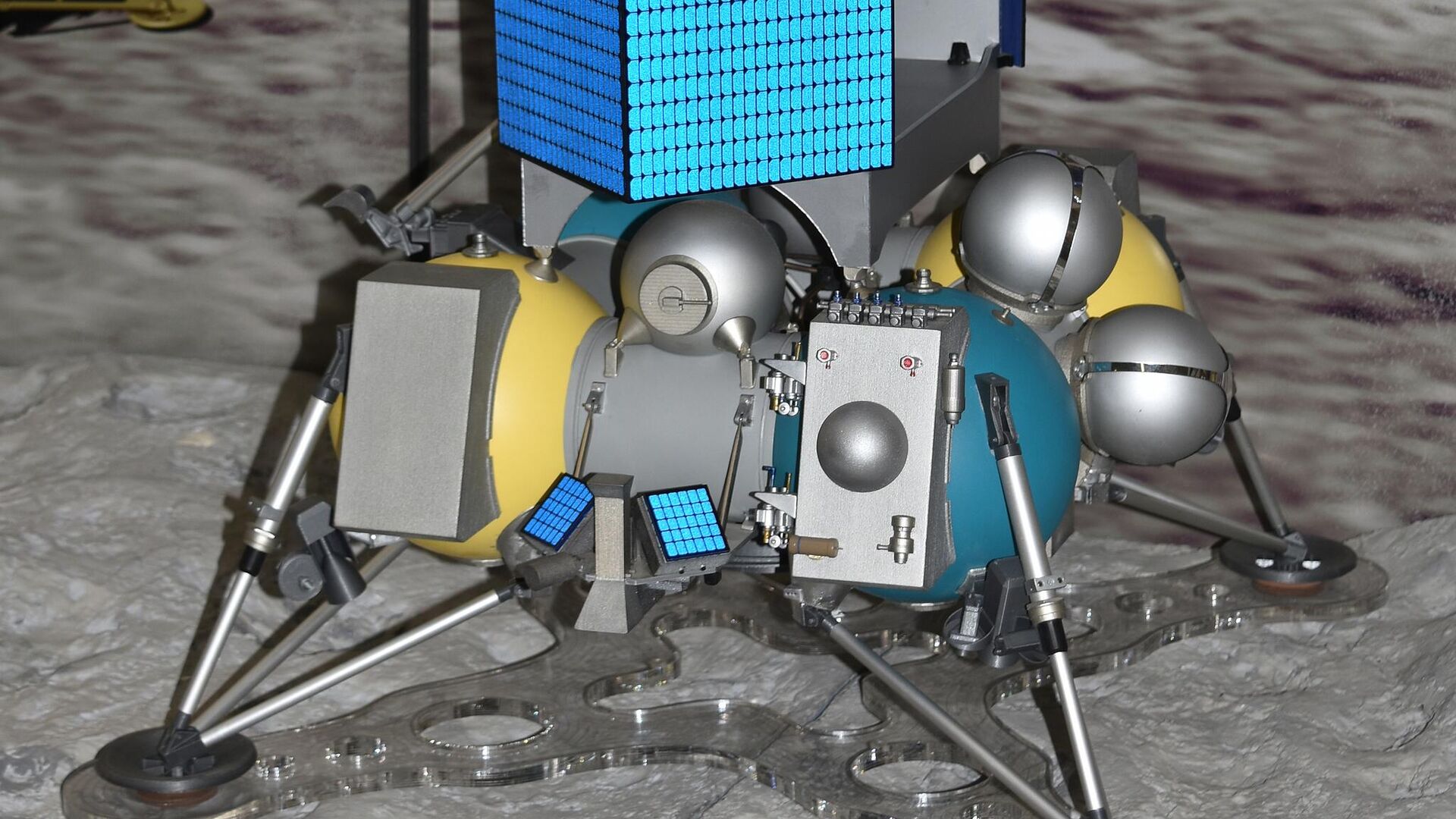
Previously, there were plans to create «Angara-1.1» with a lifting capacity of one and a half tons, «Angara-A3» with 12-15 tons, and a super-heavy «Angara-A7». To launch manned spacecraft, it was planned to use a special version of the Angara-A5P, but later it was decided that the Angara-A5M would cope with this task. The only project on which work is still underway is the Angara-A5V with increased payload capacity (37.5 tons) with an oxygen-hydrogen third stage. Its first launch is planned after 2028.
In addition, it was reported about the possibility of creating a reusable version of the Angara. As noted by the general director of the Khrunichev Center, Alexey Varochko, the Angara-A5B can be equipped with returnable accelerators of the first and second stages. The developers confirmed this possibility within the framework of the preliminary design for this rocket.
Deputy General Director — Chief Designer of the flagship enterprise in the field of space propulsion engineering NPO Energomash, Petr Levochkin, said that the reusable Angara block will be designed for ten flights. In this case, the central engine of the unit will turn on three times during one flight.
The new orbital station will start here
One of the main tasks that will be carried out using Angara flights from Vostochny will be the construction of the Russian orbital station. It is assumed that the heavy Angara will deliver all its modules into orbit, and will also launch manned spacecraft to the station. 
As Vladimir Solovyov, the general designer for manned systems and complexes of Russia, the general designer and deputy general director of the Rocket and Space Corporation (RSC) Energia, reported in January 2024, from 2027 to 2033 inclusive, 15 Angara-A5M launches are planned in the interests of construction and operation stations.
It was previously reported that the first module (scientific and energy) of the ROS will be sent into orbit in 2027. Next year the hub and gateway modules will fly, and in 2029 the base module will dock with the station. This will complete the first stage of creating the ROS. Next, the second stage of construction of the station in orbit will begin, during which it will be equipped with target modules by 2032.
That's not all
As expected, the construction of Vostochny will not end after the creation of the launch infrastructure for Angara. Construction of a table for the Amur-LNG reusable methane rocket may soon begin nearby.
In the longer term, there may be a launch for a super-heavy class rocket, which will be needed for manned exploration of the Moon and planets of the Solar System.


















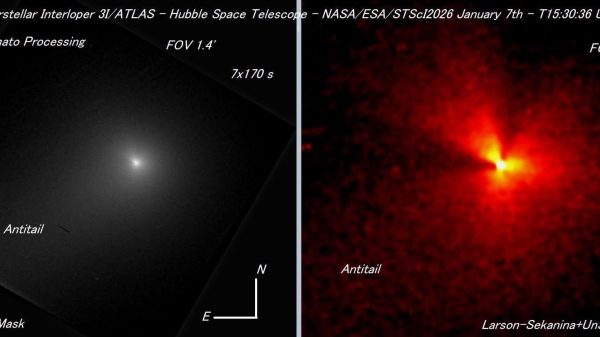

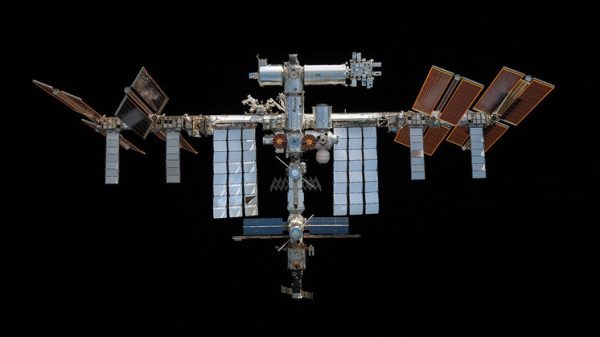





































Свежие комментарии